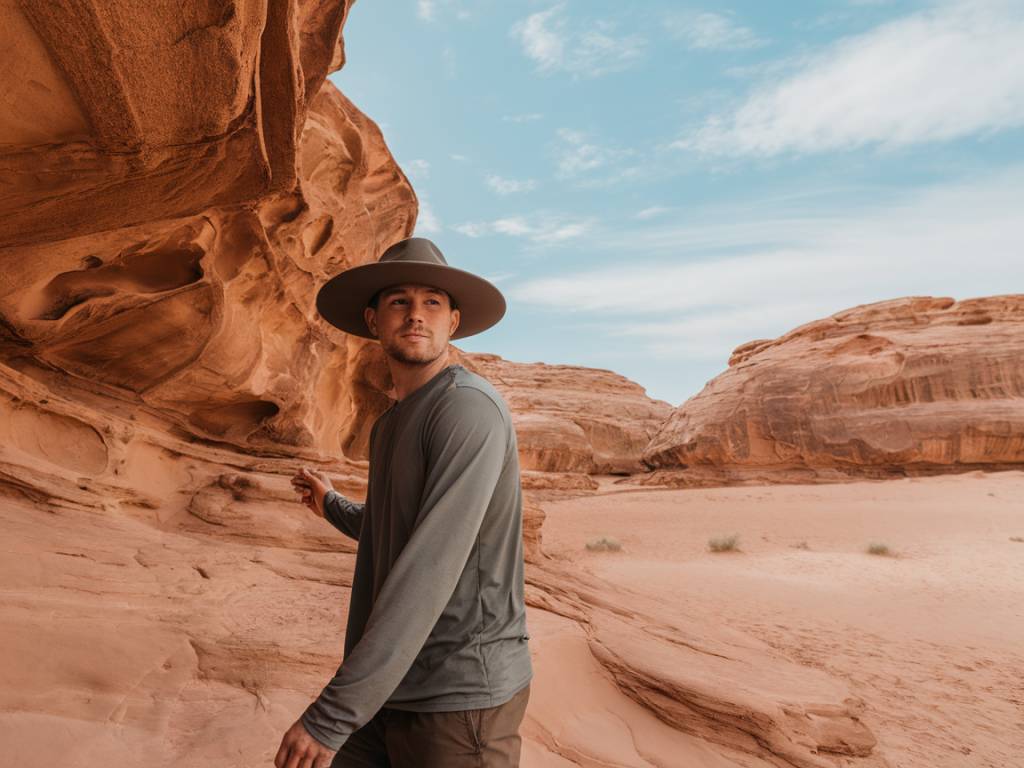
Adventuring in desert environments: how to survive and thrive
Deserts are some of the most awe-inspiring and harsh environments on our planet. The vast expanses of sand dunes, rocky terrains, and extreme temperatures create a unique adventure landscape. As a travel journalist with a penchant for adventure, I’ve had my fair share of desert experiences. In this article, I’ll share insights on how to survive and thrive in these extreme conditions, focusing on practical advice and key items you should consider.
Understanding Desert Environments
Before diving into the specifics of desert survival, it’s important to understand what makes these landscapes so unique. Deserts are defined by their arid conditions and receive less than 250 millimeters of rain annually. This scarcity of water creates an environment with extreme temperatures, limited vegetation, and unique wildlife.
Deserts can be classified into four types: hot and dry deserts, coastal deserts, cold deserts, and semi-arid deserts. Each has its own set of challenges and characteristics, but for the purpose of this article, we’ll focus primarily on hot and dry deserts, which are the most commonly associated with desert adventures.
Preparing for Your Desert Adventure
Preparation is key to surviving and thriving in a desert environment. Here are some essential steps to take before you set out:
- Research the Area: Understand the specific geography, climate, and wildlife of the desert you’ll be exploring. This knowledge will help you anticipate challenges and plan accordingly.
- Plan Your Route: Mapping out your journey in advance ensures you have a clear path to follow. Inform someone about your itinerary and expected return time for safety reasons.
- Check the Weather: Deserts can have extreme temperature variations between day and night. Be prepared for intense heat during the day and potentially freezing temperatures at night.
- Emergency Communication: Carry a GPS device, satellite phone, or another reliable communication method. Cell service is often non-existent in remote desert areas.
Essential Gear for Desert Survival
Having the right gear can make a significant difference in your desert adventure. Here are some must-have items:
- Water and Hydration Systems: Water is your most crucial resource in the desert. Carry enough water for your entire journey and consider bringing additional hydration systems like water purification tablets or a portable filtration device.
- Appropriate Clothing: Wear lightweight, breathable fabrics that cover your skin to protect against sunburn and heat. A wide-brimmed hat, sunglasses, and a scarf or bandana are also essential for sun protection.
- Navigation Tools: A detailed map, compass, and GPS device are crucial for navigating the vast desert landscape.
- Shelter: A lightweight tent or a tarp can provide shade during the day and warmth at night. A sleeping bag suited for extreme temperatures is also essential.
- First Aid Kit: Ensure your first aid kit is well-stocked with items like bandages, antiseptic wipes, pain relievers, and any personal medications.
Water Management
Water management is perhaps the most critical aspect of desert survival. Here are some tips for conserving and finding water:
- Ration Your Water: Sip water consistently rather than gulping it down. This method helps keep you hydrated and makes your water supply last longer.
- Seek Shade During Peak Heat: Rest during the hottest parts of the day (typically between 10 a.m. and 4 p.m.) to reduce your water consumption and avoid heat exhaustion.
- Identify Water Sources: Learn to identify natural water sources like underground springs or seasonal streams. Be aware that not all water is safe to drink without purification.
- Collect Dew and Condensation: Use a plastic bag to collect condensation from plants or set up a dew collection system using a tarp or plastic sheet.
Dealing with Extreme Temperatures
Desert environments are notorious for their temperature extremes. Here’s how to manage them:
- Layer Your Clothing: Wear layers that you can easily add or remove to stay comfortable as temperatures fluctuate.
- Use Ventilation: Set up your shelter to allow for maximum ventilation to stay cool during the day.
- Keep Cool: Use a wet cloth to cool down your skin and wear a hat to shield yourself from direct sunlight.
- Insulate at Night: Deserts can get cold at night, so make sure your sleeping gear can handle lower temperatures.
Navigating the Desert
Navigating through a desert requires careful planning and attention to detail:
- Use Landmarks: Identify and use natural landmarks to ensure you stay on course.
- Track Your Route: Regularly mark your path on a map or GPS device. This helps you track your progress and retrace your steps if needed.
- Avoid Overexertion: Pace yourself to prevent fatigue. Overexertion can lead to dehydration and heat stroke.
- Travel During Cooler Hours: Plan your travel during the early morning or late afternoon when temperatures are lower.
Encountering Wildlife
Deserts are home to various wildlife species adapted to extreme conditions:
- Stay Alert: Keep an eye out for potentially dangerous animals like venomous snakes and scorpions. Avoid disturbing their habitats.
- Store Food Securely: Keep your food in sealed containers to avoid attracting animals. Store it away from your sleeping area.
- Respect Wildlife: Observe animals from a distance and avoid any actions that could provoke them.
Emergency Situations
Even with the best preparation, emergencies can still happen. Here’s how to handle them:
- Stay Calm: Panic can cloud your judgment. Staying calm helps you think clearly and act rationally.
- Signal for Help: Use reflective devices, flares, or signal fires to attract rescuers if you’re lost or injured.
- Conserve Resources: Ration your water, food, and energy to extend your survival chances until help arrives.
- Administer First Aid: Address injuries with your first aid kit. Minor issues can become major problems in a desert environment.
Embarking on a desert adventure is a thrilling experience that offers unparalleled beauty and challenge. With proper preparation, essential gear, and a solid understanding of desert survival techniques, you can explore these majestic landscapes safely and confidently. Whether you’re trekking across the Sahara, exploring the dunes of the Arabian Desert, or hiking in the American Southwest, the desert holds a world of wonder for the prepared adventurer.

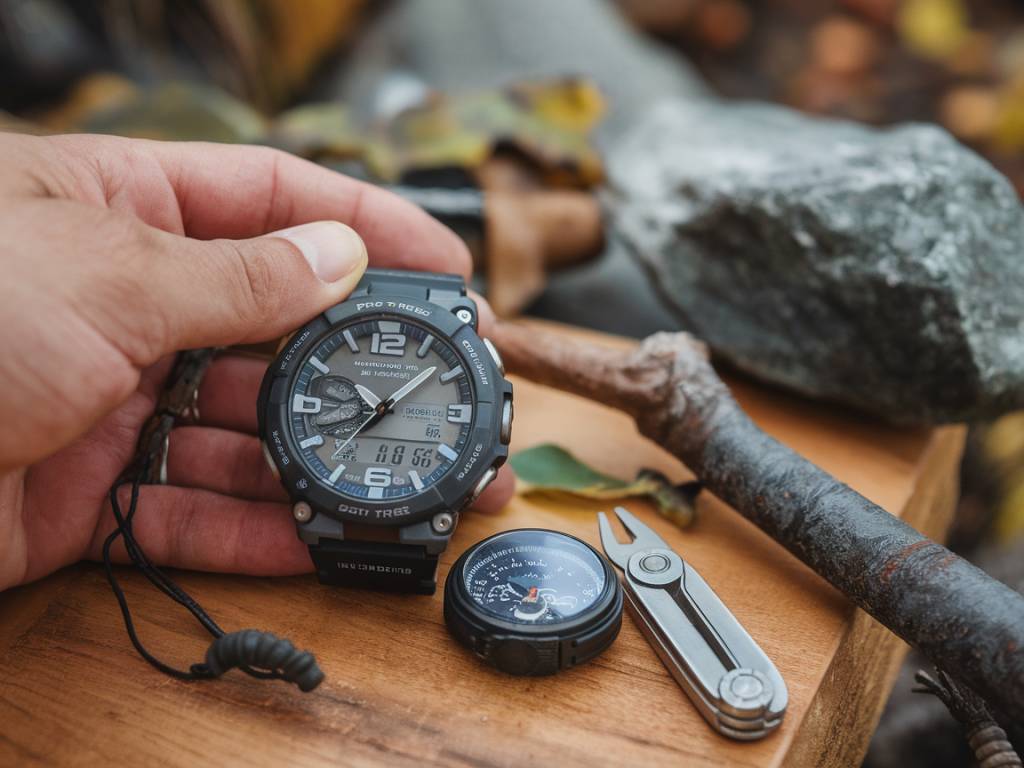 Top 5 adventure watches with gps and survival features
Top 5 adventure watches with gps and survival features 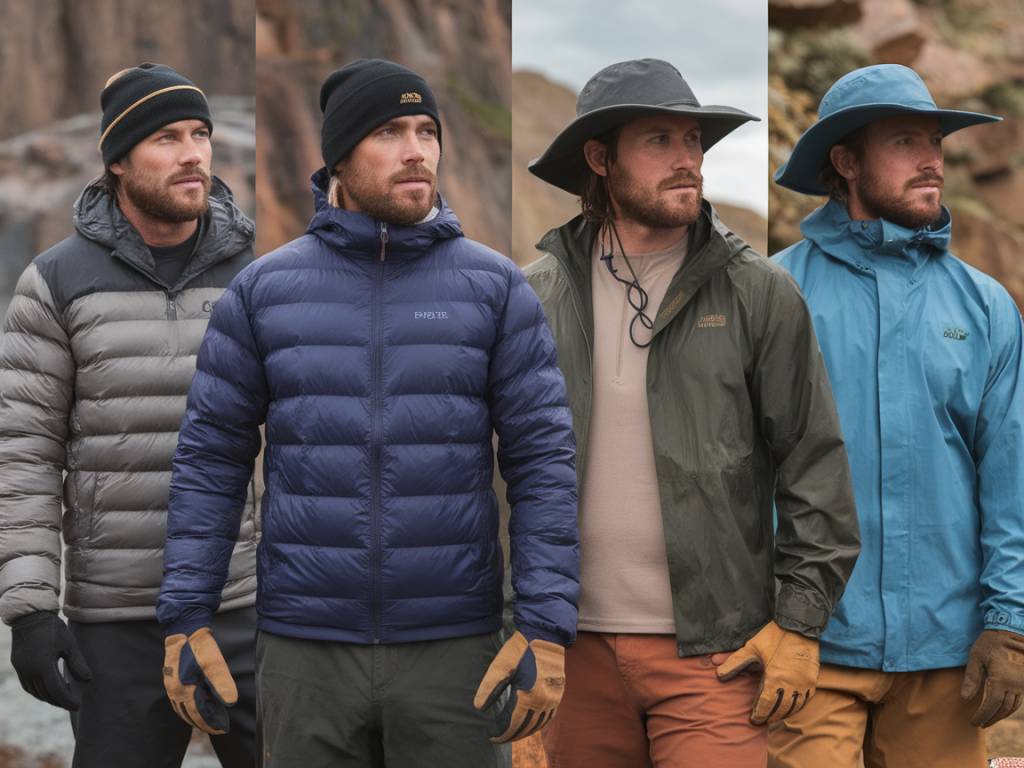 How to choose the right adventure clothing for every climate
How to choose the right adventure clothing for every climate 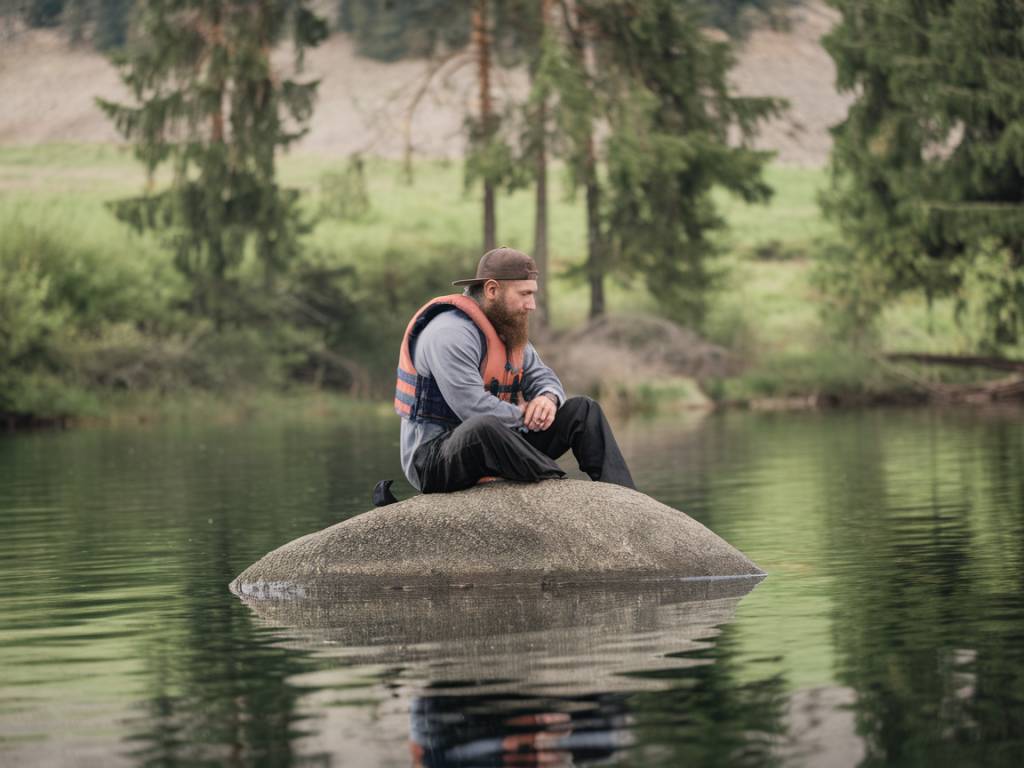 Planning a successful off-grid adventure: what you need to know
Planning a successful off-grid adventure: what you need to know  The best adventure books to inspire your next journey
The best adventure books to inspire your next journey 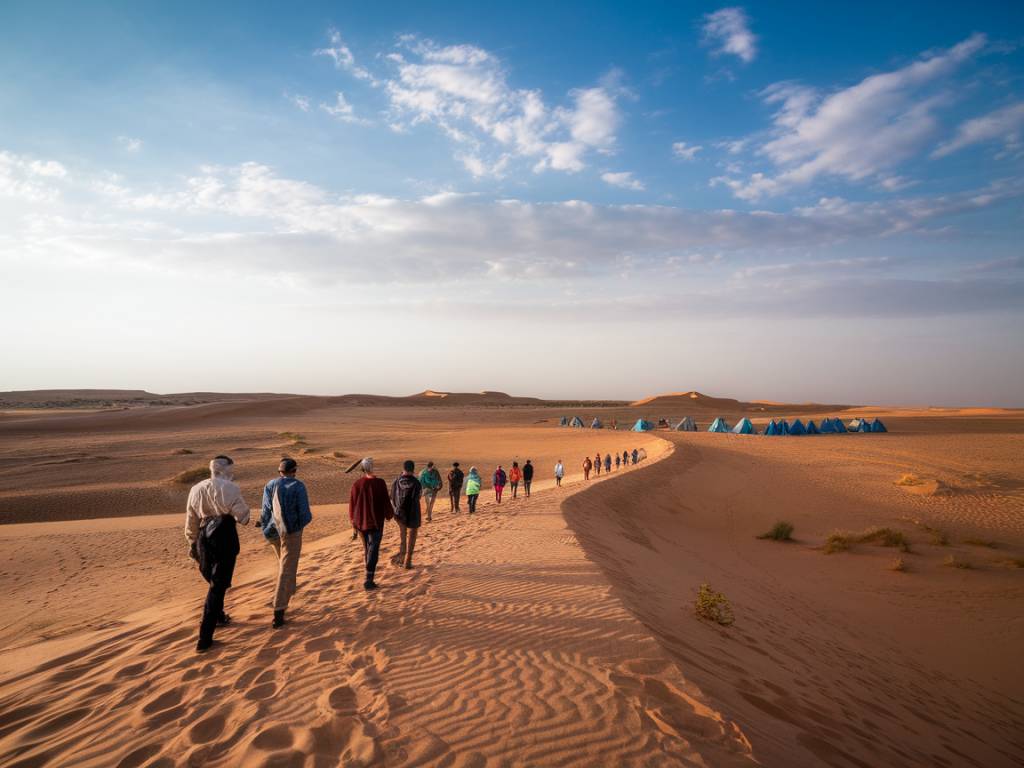 Sahara trekking
Sahara trekking 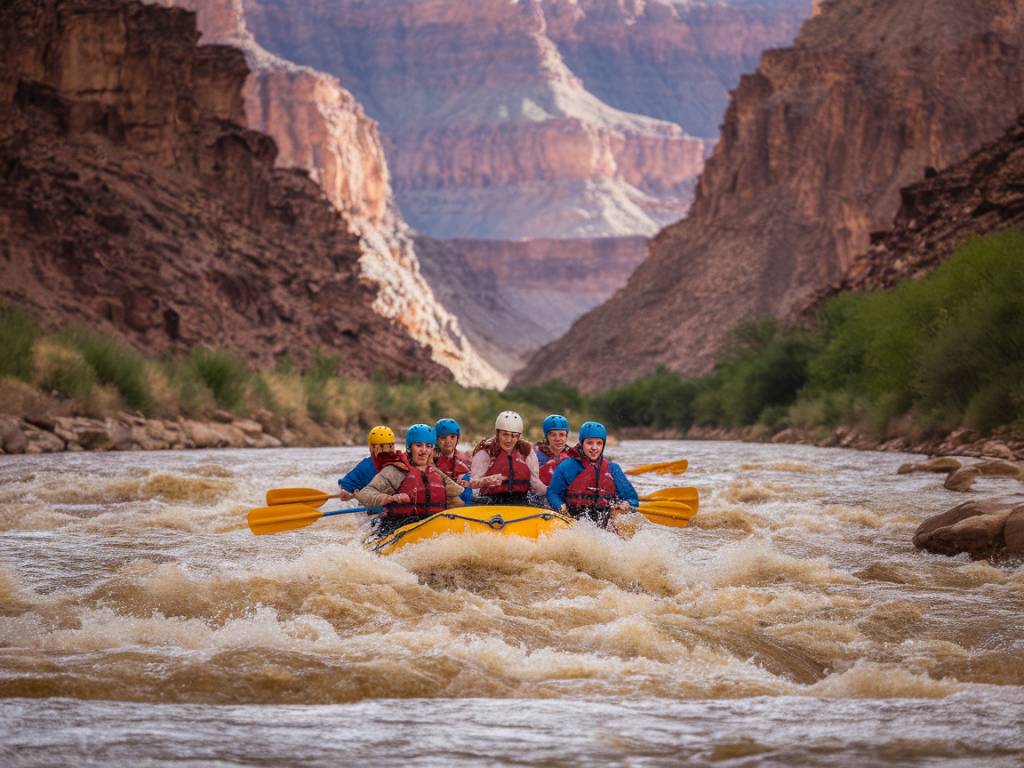 Top 5 countries for extreme adventure tourism
Top 5 countries for extreme adventure tourism 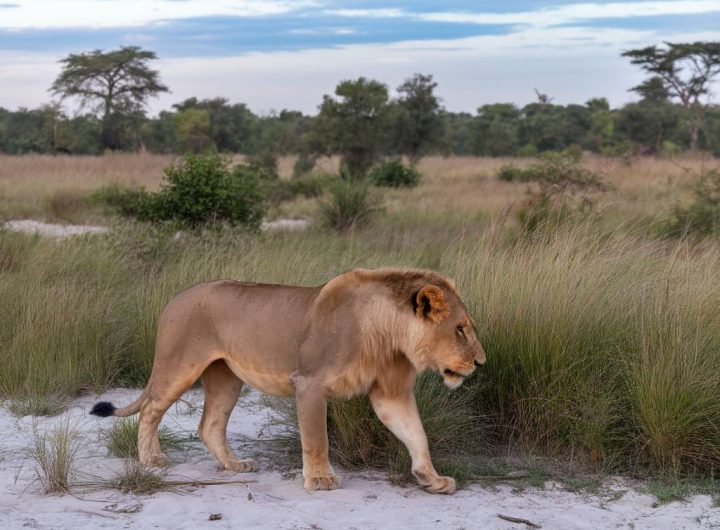 Best African safari destinations: top 5 experiences in Africa
Best African safari destinations: top 5 experiences in Africa 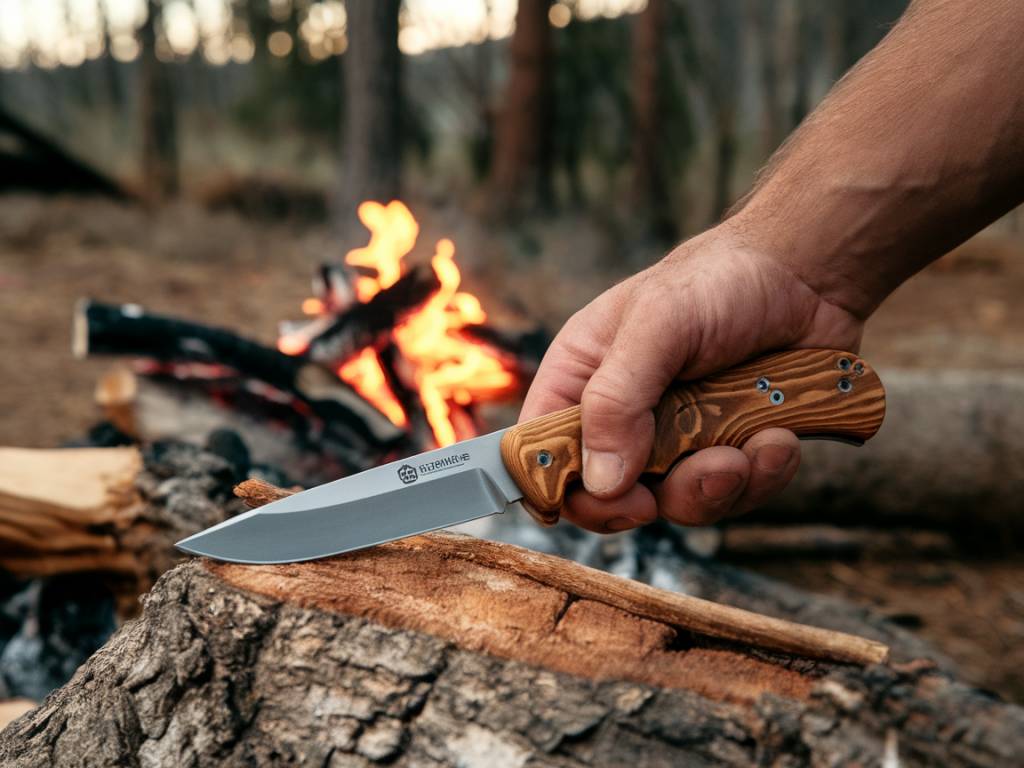 Best survival knives for outdoor adventures
Best survival knives for outdoor adventures